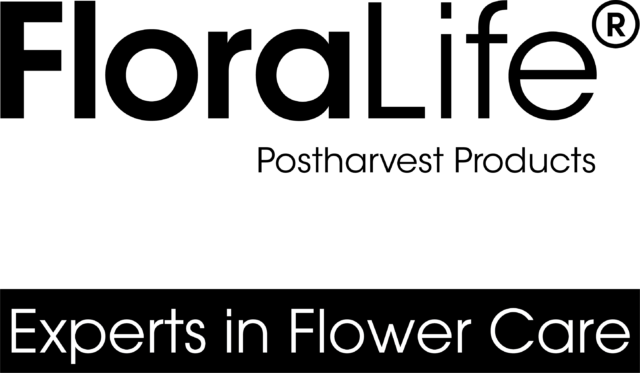Water Quality, Hydration and Flower Food
 Floralife Research Updates are a valuable source of flower knowledge aimed at helping growers, transporters, wholesalers and retailers get the most from their investment, and present healthy, long-lasting flowers to the consumer. Let’s take a look at a recent water quality paper entitled, “Effects of Water Quality on Cut Flower Hydration and Flower Food Solutions.”
Floralife Research Updates are a valuable source of flower knowledge aimed at helping growers, transporters, wholesalers and retailers get the most from their investment, and present healthy, long-lasting flowers to the consumer. Let’s take a look at a recent water quality paper entitled, “Effects of Water Quality on Cut Flower Hydration and Flower Food Solutions.”
This Research Update, by Floralife Chief Scientist Anil Ranwala, PhD, has a straightforward premise regarding water quality when you mix with flower food: “The quality of water which is used to mix with the cut flower postharvest product can have significant impact on the performance of the treatment as it relates to flower freshness.”
Dr. Ranwala explains the purpose of cut flower foods: to lower the pH levels in the water to a range where the cut flower can take up water (and flower food) efficiently and effectively. His research suggests that a range of pH 3.0 to 5.0.
And what’s pH? It’s a measure of how acidic or basic your water is, on a scale of 0 to 14. A pH of less than 7 is acidic; 7 is neutral; and greater than 7 is basic.
Another factor of water quality is hardness. This is the amount of calcium and magnesium ion the water, measured in parts per million (PPM).
Then, there is alkalinity, the capability of water to neutralize acid. The alkalinity of the water determines the final pH level when you mix water with flower food. In this instance, water with alkalinity under 60 ppm is considered pure; 60 to 180 ppm is medium; and over 180 ppm is considered high alkalinity.
Total Dissolved Solids is a measure of the total salt content in your water. Moderate amounts of salts are good for cut flowers, too much salt can adversely affect flower life. Over 500ppm? Time to take steps to improve water quality.
The Research: Using all of these parameters, Floralife tested water samples from 40 states in the US. Out of 200 samples, 2.5% resulted in pure water, 69.5% medium water, and 28% high alkalinity water. Conclusion? “Based upon these results, most water sources in the U.S. are acceptable for good flower stem uptake, when properly mixed with a hydration product or flower food.”
The Lesson: Know your water, because it can vary from town to town. That means testing your water quality. If you need help, Floralife is happy to test your water quality for you. Instructions as to how to go about that are included in the Research Update, so check it out!
So, have you ever suspected there was “something in the water” that was affecting your cut flower vase life? You might be right! Have you had your water tested? Tell us about it in the comments section.
